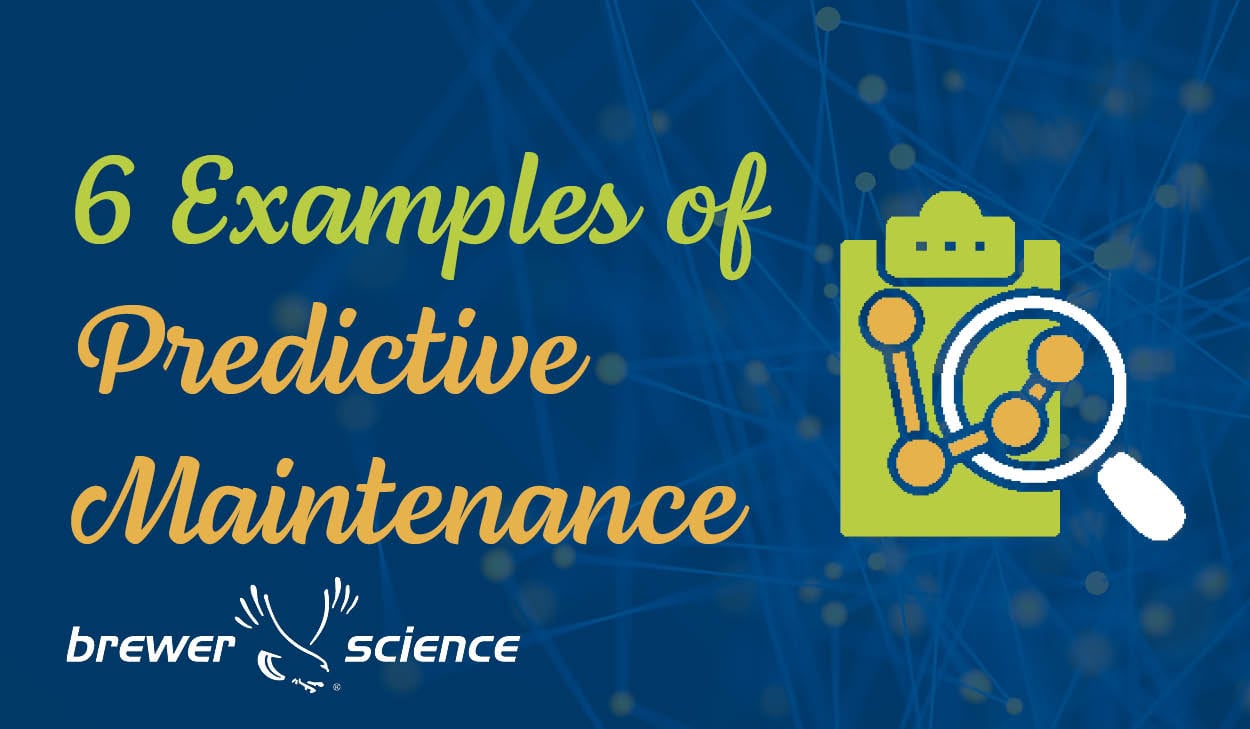Looking at the endless opportunities of what a flex sensor is capable of, it got us thinking about the slew of possibilities within various industries.
Healthcare and wearable tech
Most sensors aboard these tiny trackers are made up of polymers that crack when cured. Devices measure discrepancies in those cracks, which makes them very sensitive in one direction, but not the other. When we think about putting these sensors into knee or ankle braces, that becomes problematic.
This sort of incongruity (and the fact that wearables alone are a $1.5 billion industry) presents a tremendous opportunity for flex sensors. The new generation of flexible sensors, like the Brewer Science Inflect™ Flex Sensor, is made with unbroken carbon and encapsulation layers. That allows us to measure bi-directional bend sensitivity of less than a 0.3% change in resistance per degree. We can put our sensor in a knee or ankle brace, for example, and can detect even the slightest degree of hyperextension or we can apply it to a heart monitor or wearable device and track much more accurate data.
Robotics
Whether you work in manufacturing automation or prosthetics, robotics is an extremely compelling field. And it’s a field that can’t progress without flex sensors.
At many printed electronic events, we haul in our programmable robotic arm. It’s a simple arm that can pick things up and set them down depending on how it’s programmed. At one event, it stopped working. Although the computer program kept running, the flex sensor at a particular joint sensed a small irregularity. We promptly shut down the arm and our sensor told us exactly where the problem was.
Imagine if this had happened on a sophisticated manufacturing line. Something that could have possibly been a costly derailment in production ended up being an insignificant, easily fixable bump in the road.
Topography
A less noticeable but equally significant application of these little flex sensors is topography monitoring in roll-to-roll processing. When paired with a scanning material or process, flex sensors can help us capture the landscape of a substrate. As we manufacture, it can tell us exactly where features are across the substrate.
This can come in handy especially when identifying process or product deficiencies. By making the inspection and quality control processes smoother, we’re able to significantly cut down on both time and product waste.
Conclusion
The biggest opportunities for flex sensors lie in improving both product and process. Whether that’s making quality control easier or making your manufacturing process more reliable, flex sensors hold the key to something special in the printed electronics world.





Subscribe to Our Blog